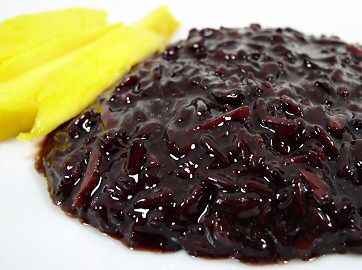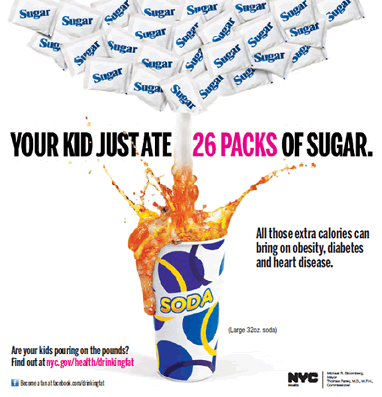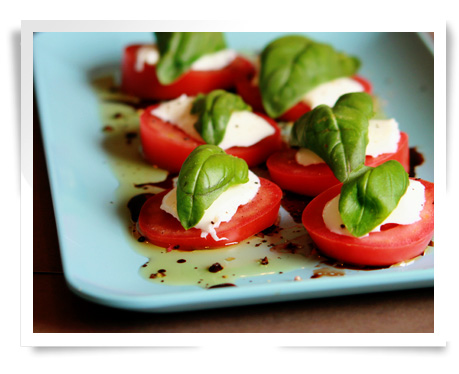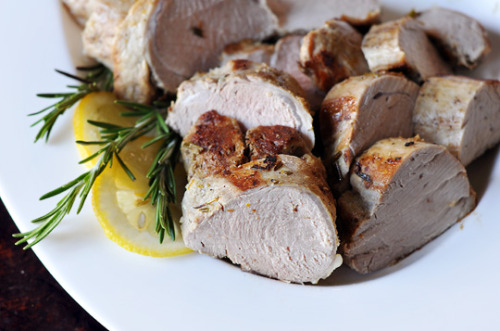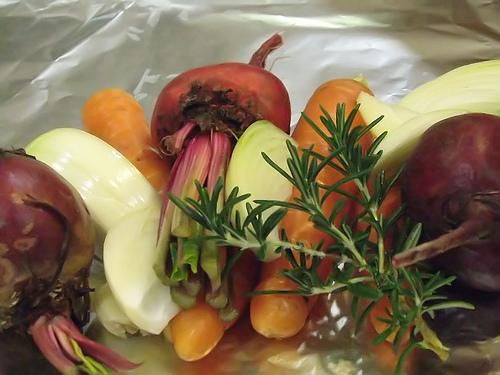Unsweetened cocoa powder, not to be confused with hot cocoa mix which has sugar added, is great in sweet and savory recipes and provides healthy doses of nutrition. A 2 tbsp. serving of unsweetened cocoa contains just 25 calories and 1.5 g of fat. It is also a great source of vitamins, minerals, mood boosters, and heart-friendly elements.
The vitamins and minerals sourced from cocoa powder include iron, magnesium, phosphorous, zinc, copper, and manganese. Antioxidants in the form of polyphenols are an abundant part of cocoa; it is actually known as one of the highest polyphenol containing foods. In addition to these great qualities, cocoa provides phytosterols which help reduce total cholesterol, low density lipoprotein (aka bad cholesterol), lower blood pressure, and increase blood flow to arteries.
Improve your mood with food! Cocoa contains a neurotransmitter called phenethylamine that helps to elevate your mood and it can boost endorphin levels. Endorphins act as natural opiates which are accountable for the happy feeling you get when laughing, winning a major award, or being intimate with a loved one. In addition to these “happy makers,” cocoa can increase serotonin which helps boost your overall feeling of happiness.
Unsweetened cocoa can be combined with skim milk over low heat and sweetened to you liking for an easy and
healthy hot cocoa, but there are other uses too. It’s also good in a
dry rub for pork or chicken.
The following is a good chocolate pudding recipe that’s very satisfying and way better than anything store-bought. I noted two ingredients I changed when making this pudding with no problems at all.
Ingredients:
2 egg whites
2/3 cup unsweetened cocoa powder
2 tablespoons cornstarch –
I use arrowroot powder as a 1 for 1 substitute
2 1/4 cups nonfat milk or 2 1/4 cups low-fat milk
1/2 cup Splenda granular or 1/2 cup sugar –
I use a 1/2 tsp of liquid Stevia instead
1/8 teaspoon salt
1 teaspoon vanilla extract
Directions:
Lightly beat egg whites in a small bowl. In a large bowl, mix together cocoa and cornstarch. Add 3/4 cups of the milk and whisk mixture until its smooth. In a large saucepan, mix together the rest of the milk, sweetener of choice, and the salt. Bring to a boil over high heat, whisking continuously.
Remove from heat. Whisk the cocoa mixture into the milk mixture. Bring to a boil over medium-high heat. Boil for 2 minutes while whisking continuously. Remove from heat. Slowly whisk 1 cup of the hot cocoa mixture into the egg whites. Pour this mixture back into the pan and cook over medium-high heat, whisking continuously; be careful not to allow the mixture to boil.
Remove from heat. Add vanilla. Mix well. Pour into 4 serving dishes. Cool to room temperature. Cover with waxed paper that has been cut to fit the serving dishes (this prevents the pudding from getting a skin). Refrigerate for 1 hour. Garnish with berries, mint leaves, and cocoa if desired.
I didn’t want to post a brownie recipe as they are easy to find, but here are a couple other, non-traditional recipes with cocoa powder:
Turkey Chili with White Beans – cocoa powder adds depth with a roasted flavor, extra nutrients, and enough acid to help tenderize the meat. Even without meat, cocoa powder is a tasty addition to
vegetarian chili too!
Chocolate Pumpkin Protein Smoothie
This is something I make all the time and never really follow a recipe. The following is what I work with, but feel free to make changes as you see fit:
- 1/2 Cup Pumpkin Puree (I use Libby’s brand)
- 1/2 Cup Different frozen fruit; whatever I have at the time; banana works best, but I’ve used strawberries, blueberries, papaya, mango, and cherries with good results
- 6 to 10 drops of liquid vanilla flavored stevia
- 1/2 Cup various milks (dairy, unsweetened almond, or unsweetened coconut)
- 1 or 2 heaping spoonfuls of Greek yogurt
- 1/4 Cup unsweetened cocoa powder
- 1/2 to 1 scoop of chocolate or vanilla whey protein sweetened with stevia
Mix all ingredients in a blender, pour into desired cup and enjoy a sweet treat packed with protein, fiber, and vitamins!
Have you ever wondered about the difference from Dutch processed cocoa powder and just cocoa powder? Because natural cocoa is acidic, some powders are treated with an alkali to act as a neutralizer. This is Dutch processed; it has a reddish-brown color, mild flavor, and is easy to dissolve in liquids.Natural unsweetened Cocoa has a complex chocolate flavor while the Dutch-process is less intense. The intense flavor makes it ideal for use in brownies, cookies, and some chocolate cakes. When natural cocoa, an acid, is used in recipes calling for baking soda, an alkali, it creates a leavening action that causes batter to rise when cooked in the oven.
To obtain the most health benefits from cocoa powder, look for the raw, non-Dutch processed type as the processing (like most other foods) removes a lot of the benefits. Try adding a tablespoon to your coffee grounds before brewing a pot of java, and add some cinnamon for a quick Mexican Mocha Coffee.
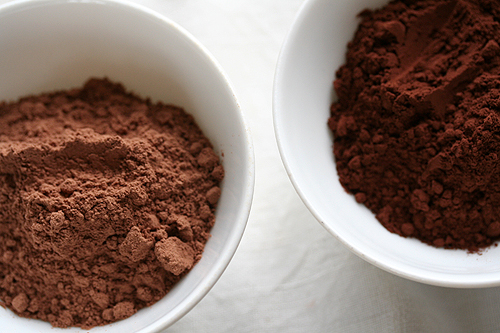 |
| Natural cocoa is lighter (on the left); Dutch-processed is darker (on the right) |
Until next time, cheers to good health with good food!
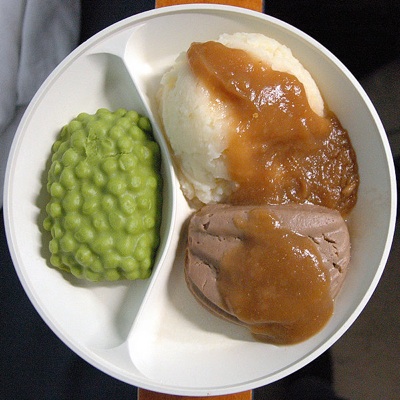
 Get to know your kitchen. Go buy some carrots, turnips, sweet potatoes, red bell pepper, radishes, celery, apples, and any other fruits and veggies you might like in their whole form at the produce department. Set some time on the weekend aside to wash, peel, chop, dice, and cook your treasure; then pack in air tight containers to be ready for the week ahead. Here are some quick ideas:
Get to know your kitchen. Go buy some carrots, turnips, sweet potatoes, red bell pepper, radishes, celery, apples, and any other fruits and veggies you might like in their whole form at the produce department. Set some time on the weekend aside to wash, peel, chop, dice, and cook your treasure; then pack in air tight containers to be ready for the week ahead. Here are some quick ideas: Forget everything you hear from the fad diets! Low carb, high protein, low fat, etc. are all unnecessary. How can anything grown from the Earth (asides from poisonous things) be that bad to eat? Yes, I know the way some foods are produced by people can have ill-effects, but focus more on eating whole foods rather than something in a box, bag, or wrapper and you will be off to a great start. Just remember, everything most things in moderation. I feel some foods, like those containing partially hydrogenated oils, sugar as the first ingredient, etc. should be avoided at all costs.
Forget everything you hear from the fad diets! Low carb, high protein, low fat, etc. are all unnecessary. How can anything grown from the Earth (asides from poisonous things) be that bad to eat? Yes, I know the way some foods are produced by people can have ill-effects, but focus more on eating whole foods rather than something in a box, bag, or wrapper and you will be off to a great start. Just remember, everything most things in moderation. I feel some foods, like those containing partially hydrogenated oils, sugar as the first ingredient, etc. should be avoided at all costs.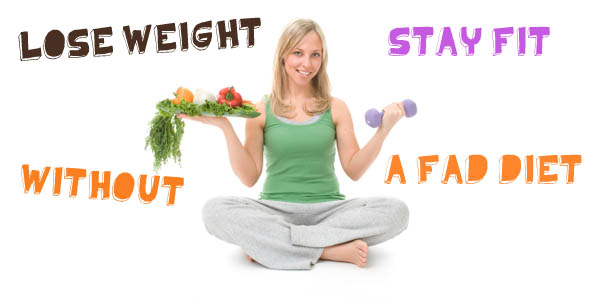
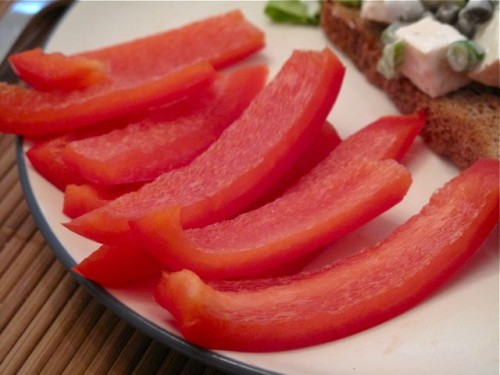
















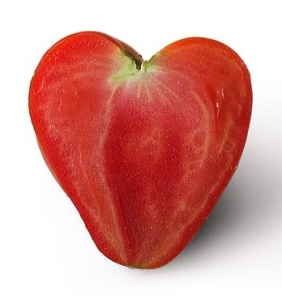
 Tomato
Tomato








